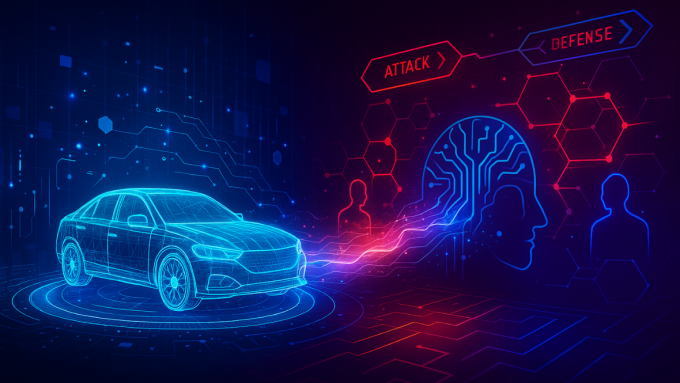Is it? Or is it not?
For a few years now, parts of our sector and indeed other sectors, have been researching, defining and promoting digital twins. If we observe anything, it’s that chatter (including within the DT Hub) has been rife with the ‘what is/isn’t a digital twin…’
I’m no expert, and don’t yet claim to offer a resolution to clarify the topic, but I do think a discussion hosted within the DT Hub would be of use. This discussion is something that will provide greater clarity and implementation for those less involved in this definition process and yet vitally important to the delivery of whatever a digital twin of the future is destined to be.
Let’s learn from BIM implementation
I wear many hats in my career and most of them are related to the implementation and ‘normalisation’ of BIM processes. As Vice Chair of the UK BIM Alliance and Chair of the UK & Ireland Chapter of buildingSMART International, I’m afforded a view of the sector from various different levels of stakeholders and the challenges they face in an ever-changing world as they prepare to digitalise. The silent majority are perhaps the key to unlocking the transformation to a digital sector and it’s vital that the BIM message reaches them and connects in a meaningful way to each and every one of them… BIM in the UK has been ongoing for over a decade and my feeling is that there is at least another to go before we reach ‘business as usual’. It’s exactly the same for Digital Twins.
All vocal parties involved here in the DT Hub seem keen to navigate more smoothly through the same sectoral challenges and one of those, in a similar vain to BIM, is “is this a Digital Twin or not”?
Acknowledging that BIM in the UK has formerly been going through the same sector engagement, we can also see similar issues appearing now with the concept behind Digital Twins being taken over by technology providers rather than sector stakeholders and subsequently being marketed in that way. It’s by no means a UK-only challenge, with many global discussions observed.
Hence, we’re rapidly on the way to Digital Twins being defined by technologies rather than their use and value to us as people. A human-centric approach to any digital transformation will almost always achieve greater adoption and ultimately ‘success’ than one led purely by technology. Hence the CDBB National Digital Twin Programme envisages the built environment as a system of systems, comprising economic infrastructure, social infrastructure and the natural environment. The CDBB Gemini Principles neatly position Digital Twins in a way that forces one to consider the overall business need (the ‘why’) and all the potential societal benefits.
Other DT Hub discussions have touched on the possibility of a Turing-type test. The original Turing test was created by Alan Turing to determine whether or nota machine was discernible from a human. Whilst the test is valuable for determining artificial intelligence, it’s also one that is evaluated by humans and hence quite challenging to ensure all evaluators are equal. Perhaps a technology-driven test that provides both a score and a ‘time taken’, introducing a level of competition between creators of Digital Twin systems might help adoption.
So here’s the proposition… we hold a workshop (or two) to discuss and investigate the need for a test, the type of test, ‘what’ is being tested, what the thresholds might be, and anything else that’s relevant to the topic of ascertaining whether or not someone’s proposed Digital Twin is actually a Digital Twin.
I have three questions to start the discussion here in this thread…
1. Do you feel the need for a ‘test’ to determine whether or not a Digital Twin is a Digital Twin?
Can we continue without a formal ‘test’ or should we actively seek to develop something absolute to filter out what we’ve been able to do for many years and focus on true Digital Twin solutions and the search for the allusive Digital Twin unicorn?!
2. If we do need a test, will a simple yes/no suffice? Or does a ‘score have more longevity?
If you ever saw the HBO series Silicon Valley, you may be familiar with the Weismann Score, a fictional test and score for online file compression. It enabled the fictional tech companies to demonstrate the success of their software and algorithms by testing their performance for file compression. Would a similar test be suitable for our purposes, with a threshold for determining if a proposed Digital Twin is a Digital Twin and would it then cater for future digital developments and emerging technologies?
3. Finally, are you keen and able to join a virtual workshop?
the_pathway_towards_an_imf.pdf the_pathway_towards_an_imf.pdf DTHUb_NewbieGuide_May2020_(1).pdf HUB Version_DT Standards Roadmap_November 2020 (3).pdf



Leave a comment